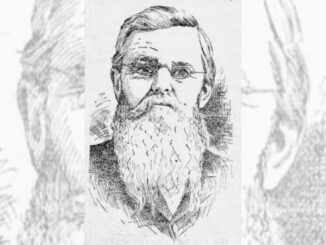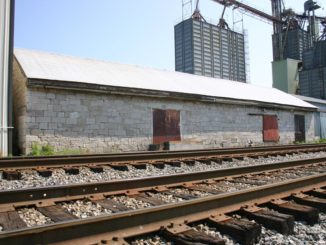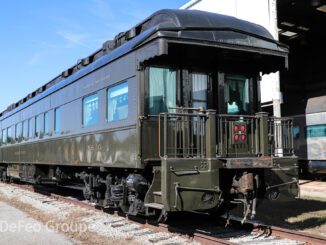MARIETTA, Ga. — The Daily Intelligencer newspaper of Sept. 15, 1863, reported what was no doubt startling news.
“The up train had on board the 10th Tennessee Regiment, 1st Tennessee Battalion, and the 50th Tennessee Regiment, and we regret to learn that some ten or fifteen were killed, and about thirty or forty wounded,” the newspaper wrote. “They were clearing the wreck when our informant left, and we have been unable to learn any further particulars.”
The dead soldiers were transported to Marietta and buried beneath an oak tree on land donated by Jane Glover, the wife of the city’s first mayor. The 20 soldiers buried here were the first to be buried in what is today known as Marietta confederate Cemetery.
As the war dragged on, wounded soldiers from North Georgia were transported to Marietta. Those Confederate troops who died continued to be buried on the land until Gen. William T. Sherman took control of the city on July 2, 1864.
When Henry Greene Cole, a Marietta businessman and Unionist, offered land to build a cemetery for both Union and Confederate soldiers, many city residents wouldn’t entertain the proposal of burying battlefield enemies in the same graveyard.
So, in 1867, Jane Glover officially gave the land to a memorial association to create the cemetery for Confederate soldiers. Union troops who were killed throughout North Georgia were re-buried in the nearby Marietta National Cemetery.
In addition to the more than 3,000 gravesites, the cemetery is home to a number of monuments, including a six-pound cannon that Union troops captured near Savannah. The cannon resided at the Georgia Military Institute for a number of years.
Marietta Confederate Cemetery is adjacent to Marietta City Cemetery, which was established in the 1830s. The city cemetery is the final resting place to a number of the city’s prominent denizens, including S.V. Sanford, the namesake for the University of Georgia’s football stadium.





